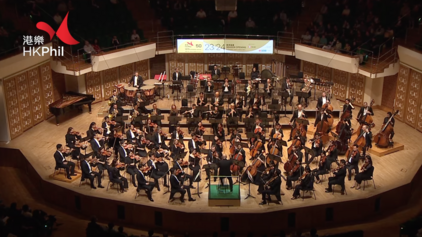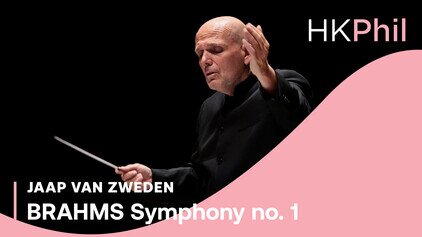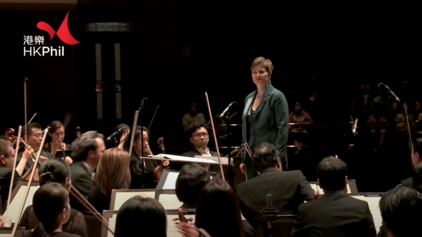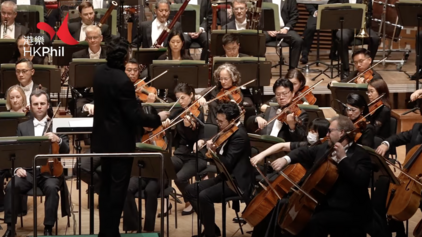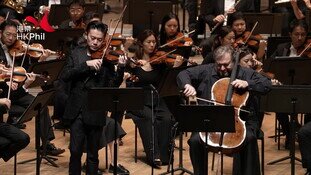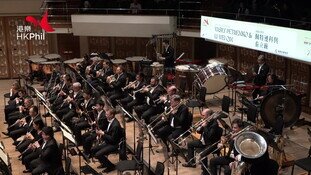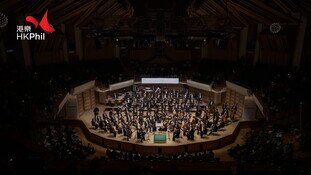SIBELIUS | Symphony no. 7
PROGRAMME
JEAN SIBELIUS (1865-1957)
Symphony no. 7 in C, op. 105
Jean Sibelius felt so completely out of touch with the trends of 20th century music, that in the 1940s he destroyed just about everything written after his Seventh Symphony and gave up composing altogether.
In December 1917 when Sibelius started work on the Symphony, his native Finland was in a state of political turmoil, going through the throes of casting off the long-imposed shackles of Russian Imperialism. A fervent nationalist, Sibelius celebrated Finland’s often painful path to independence in his Seventh Symphony.
A single drumbeat, a scale rising through the strings, and the Symphony gets underway. Although in one continuous movement, it actually falls into four sections. The first section (marked “Adagio”) seems to represent a vast ocean, vividly evoking a constantly changing seascape above great, dark depths. Sibelius was, around this time, much taken by the music of the 16th century Italian polyphonists, and at one point a string theme emerges which he described as a “hymn” and is clearly inspired by Palestrina. This reaches an ecstatic climax out of which a trombone produces a theme of great grandeur and majesty, somewhat like a mountain peak glimpsed gleaming in the sunlight on the far horizon. It fades away, and chirping woodwind seems to hint that the movement is, to continue the sea analogy, approaching the shore.
The second section (marked “Vivacissimo” – “as fast as possible”) comprises rapid bursts of nervous energy from the violins and great swelling figures from the lower strings over which the brass sound out the earlier trombone theme as, it seems, storm clouds gather. But the storm fades away quickly and, with the third section (“Allegro molto moderato”), the mood is transformed to a more gentle, pastoral landscape, with delightful figures from strings and woodwind.
Tension begins to build and the Symphony enters its fourth stage (“Presto, poco a poco rallentando al adagio” – “Fast, then little by little slowing down to finish slowly”). Framed by sustained notes from violins and double basses, the orchestra makes several attempts to climb a scale, each attempt screwing up the tension still further until, as we approach the climax, the trombone theme blasts out again. Massive waves of sound surround the climax, following which the violins begin the gradual process of descent and retreat. We have a final view of the mountain – as if seen in the red light of evening – and with a final crescendo, two long drawn-out notes from the strings complete the work.
Programme notes by Dr Marc Rochester
ARTISTS
SUPPORT THE HK PHIL'S ONLINE PROGRAMMES
The Ambassador Fund allows the orchestra to produce various online programmes, keeping our connection with the communities. The HK Phil has released over 80 online programmes and garnered over 1.5 million views since the pandemic. Your donation supports production costs incurred and helps us share music!
Symphonies
Other videos in this series










